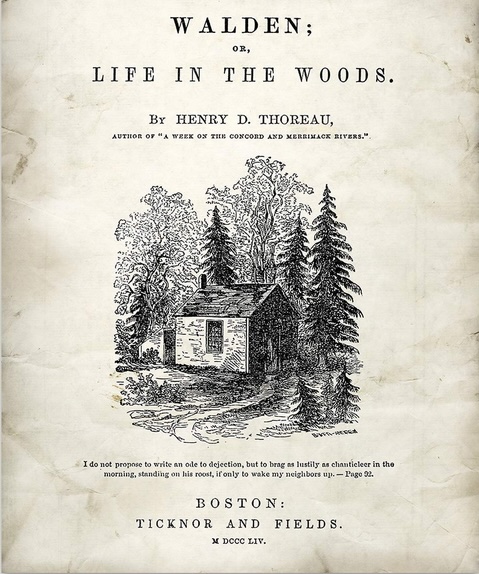Sowing seed is the triumph of hope over experience, especially when seasonal conditions are wildly variable: Getting started takes a knock on the head as spring’s promise turns back to dour winter on a random schedule. Yet, growlights, warming pads, warm sweaters and other scientific advances aimed at greenhouse growing encourages us to get on with the art of gardening at a time when we most need the hope a sprouting seed gives us as we look to the future.

While waiting for spring to fulfill its promise in the intermountain west, I browse my bookshelves for inspiration and, of course, hit up the internet for whatever it can offer in the way of distraction. Online lectures have been that but mostly a mind-broadening event. Rewilding, which is making such a mark on the European approach to landscape design and conservation, is a particular interest. Defined by the International Union for Conservation of Nature (ICUN), “Rewilding aims to restore healthy ecosystems by creating wild, biodiverse spaces. It rebuilds ecosystems that have previously been modified by human disturbance, using the plant and animal life that would have been present had the disturbance never occurred. In doing so rewilding restores the natural processes that provide humanity with clean air, water, food, shelter, and medicine.” These lofty ideals encourage a science-based approach to conservation practices and sustainable development directed toward abating climate change.
Rewilding is gaining a foothold in the United States as conservation bodies, environmentally conscious citizen groups, landscape designers and architects inject their programs with these concepts. Dana Davidson’s Beyond the Garden, examines a selection of diverse projects that meld the art of garden and landscape design with a mindful application of conservation techniques that are rooted in science.

As our environment is under the constant stresses of a ballooning population, climate change and the voracious appetite of industrial expansion, we might turn our attention again to the work of Henry David Thoreau. Widely recognized as the father of modern conservation through his writings, particularly his contemplation of our place and responsibilities to nature as he expressed in Walden, a Life in the Woods. Appearing in 1854 at a time when the pursuit of rapid industrialization was grabbing the collective American attention, artists and others committed to the arts were chastised for being mere idlers who were standing in the way of “development.” Thoreau raised a warning flag, writing in his Journal, 21 June 1852, “The perception of beauty is a moral test.”

History really does repeat itself … if you pay attention; The Walden Woods Project is hosting “A Virtual Lyceum: The Pursuit of Beauty” on 20 March 2024 as a free Zoom meeting, and free (details below) offering presentations by an “interdisciplinary group of artists, scientists, and scholars to ask where they stand on the purpose and pursuit of beauty in the 21st century”. Mikyoung Kim, principal of the eponymous design group, will be giving a lecture for the Dallas Architecture Forum on 3 April 2024. Her design group is gaining international stature for their restorative landscape projects in the public sphere that focus on aligning human-centered design with the innate rhythms and forces of nature. And isn’t this just what hope for from our sowing seeds and making gardens?
©Ethne Clarke, 2024
The following links will take you to further information about topics discussed in this article:
https://www.iucn.org/resources/issues-brief/benefits-and-risks-rewilding
https://papress.com/products/beyond-the-garden










